“Dr. Scott, this is Dr. Font.” The call came from my mother’s cardiologist as I was about to see my first patient of the morning. “Your mother is worse. You’d better come as soon as you can. I don’t think she’ll survive the day.” Those blunt words shattered my denial: I had convinced myself that it was possible to fix the cumulative, lifelong damage wreaked on my mother’s heart by her atrial septal defect, a congenital condition.
I thought back to the time, weeks earlier, when I’d gone to visit my parents. The vibrant, life-loving, intellectually engaged woman I knew so well was beaten down by her illness. Pain clouded her eyes and lined her face. I could see the bony outlines of her hips underneath her clothes.
I had sat up with her all night, feeling her racing pulse and holding her hand as she struggled to master her terror. Eyes closed, she repeated over and over, “Lord, give me strength. Lord, give me strength. Lord, give me strength.” By morning, I felt exhausted–and ashamed to realize that my 84-year-old father had been doing this for weeks. My medical objectivity vanished: all that mattered was to get my mother to the best doctors I could find. I chartered a plane to take her to a hospital in San Antonio, where my sister lives. As we rolled my mother’s wheelchair across the threshold, she looked around at the house where she had raised three children and lived for fifty-three years with my father. “I guess this is the last time I’ll ever see this place,” she said.
“Don’t be silly,” I said, ignoring my own feelings of premonition. “We’ll have you back to normal in a few weeks.”
At the San Antonio hospital, that temple of medical technology, I felt sure that my mother’s pain would be controlled, her heart fixed and her emaciated body nourished. The cardiologist there harbored no such illusions. He took me aside. “I’m not sure there’s much we can do for your mother. I think you need to think about arranging for hospice care.”
“Oh no,” the child in me thought. “I can’t do without my protector, my mentor, my confidant; not here, not now, not yet.”
Over the next three weeks, I focused all of my energy on my mother’s nutrition, convincing myself that if I could get her to gain weight, then her heart would function better too. My sister and father deferred to me, the family doctor, about treatment decisions. So I became the nutrition Nazi.
“You’ve got to eat, mother.”
One bite, then a shake of her head. “I just can’t do it.”
“You’re not trying hard enough!”
“I am trying!”
Unmoved by her tears, I convinced her internist to try intravenous feeding through a tube placed in a large vein in her chest. By morning, my mother was struggling for breath: her heart was too weak to handle the extra fluid. She couldn’t talk, but I could see the fear in her eyes. Undaunted, I convinced her to have a feeding tube inserted in her nose. After one day, she begged me to remove it. “I can’t stand this. Please, please take it out.”
Still determined to feed her back to health, I pushed for placement of a PEG tube–a feeding tube surgically inserted into the stomach through the abdominal wall. Once again, her physicians honored my request, and my mother reluctantly acquiesced. The circulation to her intestine was so poor, though, that she couldn’t absorb the feedings. Not only was the resulting alternating diarrhea and constipation painful, but having to wear a diaper and being constantly soiled was the greatest indignity of all for this proud and modest woman.
After two weeks of this, the torment ended. One morning she regurgitated the PEG tube feeding, aspirated it into her lungs and slipped into a coma. She died peacefully with her family at her bedside.
Thinking back, I see now that my medical knowledge increased my mother’s suffering at the end of her life. Why did I act as I did? As a family physician, I should have known better, but I behaved like many family members: I kept trying “one more thing,” only to find that, in striving to save my mother’s life, I caused her more pain and robbed her of the chance to find acceptance and meaning in facing her death.
Reflecting on this has painfully reaffirmed for me that health is more than a well-functioning body-machine; it is the dynamic process of making meaning of both life and death. We must learn how to be masters of, rather than be mastered by, our technology, so that our science serves the soul as well as the body.
Our mothers demand no less.

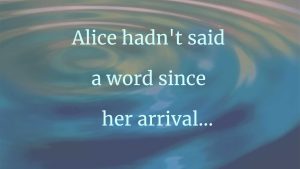
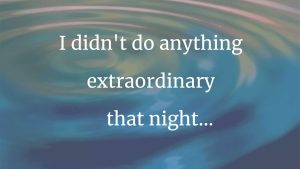

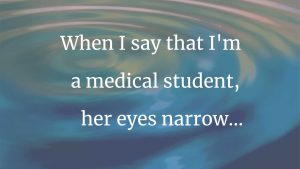
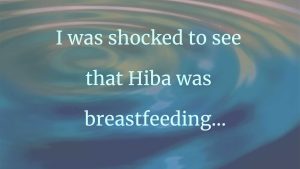
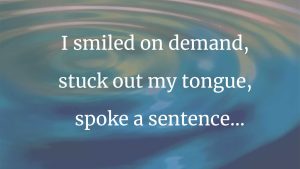
1 thought on “Mothers and Meaning”
Love your insights. Couldn’t agree more that health is more than a well-functioning body-machine; it is the dynamic process of making meaning of both life and death.
family healthcare San Antonio